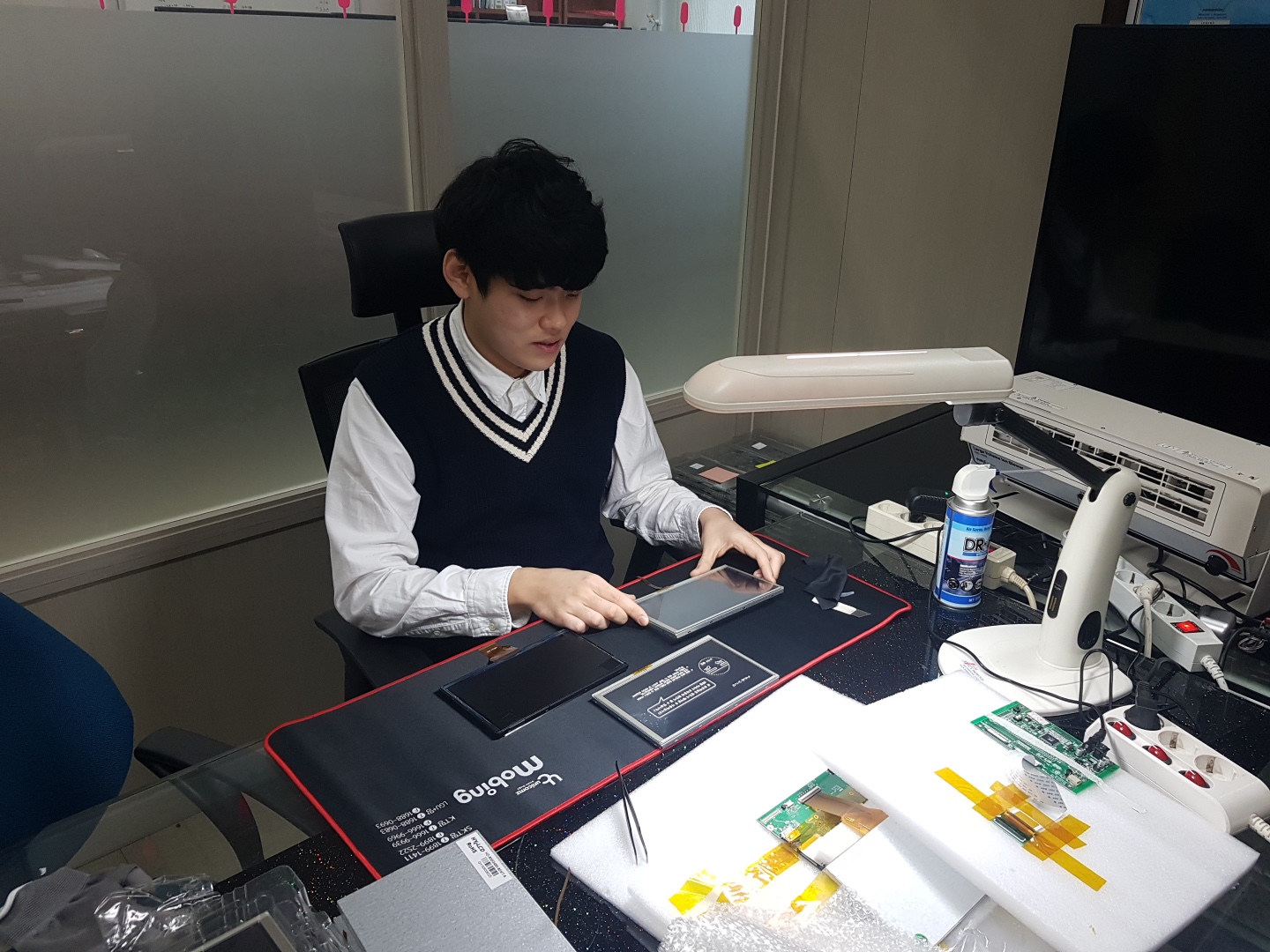동일한 클래스 안에서 새로운 트랜잭션 생성하기
동일한 클래스 내에서 새로운 트랜잭션을 만들어 예외를 회피하려고 하는 경우, 의도했던 것과는 다른 결과가 나올 수 있습니다.
1
2
3
4
5
6
7
8
9
10
11
12
13
14
15
16
17
18
19
20
21
22
23
24
25
26
27
@Transactional
public void answer(Inquiry inquiry) {
System.out.println(TransactionSynchronizationManager.getCurrentTransactionName());
try {
this.updateAnswer(inquiry);
} catch (Exception ignored) { }
try {
this.updateAnswerer(inquiry);
} catch (Exception ignored) { }
}
@Transactional(propagation = Propagation.REQUIRES_NEW)
public void updateAnswer(Inquiry inquiry) {
System.out.println(TransactionSynchronizationManager.getCurrentTransactionName());
// update answer
}
@Transactional
public void updateAnswerer(Inquiry inquiry) {
System.out.println(TransactionSynchronizationManager.getCurrentTransactionName());
// update answerer
// exception
}
예를들어 위 코드와 같이 updateAnswer 로직을 새로운 트랜잭션으로 처리한다고 가정합니다. 따라서 updateAnswererAndThrowException 메소드에서 예외가 발생하더라도 별도의 트랜잭션에서 update 작업이 수행되었기 때문에 값이 정상적으로 저장되었을 것이라 생각했습니다.
그러나 작업이 끝난 이후 조회해보니 값이 업데이트 되지 않은 것을 확인하였습니다. 아무리봐도 코드에 이상한점은 없어 TransactionSynchronizationManager.getCurrentTransactionName() 를 통해 각 메소드로 진입할때 트랜잭션 이름을 확인해보기로 하였습니다.
1
2
3
com.keencho.application.service.InquiryService.answer
com.keencho.application.service.InquiryService.answer
com.keencho.application.service.InquiryService.answer
updateAnswer 메소드의 전파레벨을 REQUIRES_NEW로 지정했음에도 새로운 트랜잭션이 시작되지 않았습니다.
원인
원인은 스프링 공식 문서 에 설명되어 있습니다.
In proxy mode (which is the default), only external method calls coming in through the proxy are intercepted. This means that self-invocation (in effect, a method within the target object calling another method of the target object) does not lead to an actual transaction at runtime even if the invoked method is marked with @Transactional. Also, the proxy must be fully initialized to provide the expected behavior, so you should not rely on this feature in your initialization code — for example, in a @PostConstruct method.
문제는 Spring의 AOP 프록시는 확장되지 않고 외부에서의 호출을 가로채기 위해 서비스 인스턴스를 감싼다는 것입니다. 만약 서비스 내부에서 this 통해 다른 메소드를 호출한다면 이는 인스턴스에 의해 바로 호출되며 래핑 프록시는 이를 가로챌 수 없습니다. (당연히 프록시는 이러한 인스턴스 내부의 호출을 전혀 인식하지 못합니다.)
해결
해결 방법은 다음과 같습니다.
- Spring AOP 대신 AspectJ 사용
- self-injection
- 클래스 분리
AOP 라이브러리를 변경하는것은 주의가 필요합니다. 예상하는 결과와 다른 결과를 받을 수 있습니다.
self-injection은 클래스 내부에서 자기 자신을 또 주입하는 방법입니다.
1
2
3
4
5
6
7
8
9
@Service
public class InquiryService {
@Lazy
@Autowired
private InquiryService self;
...
}
다만 bean 이름이 겹쳐 등록이 안될수도 있으니 위와같이 @Lazy 어노테이션과 함께 사용해야 합니다.
사실 새로운 트랜잭션이 필요한 경우 클래스를 분리하여 Spring AOP가 호출을 가로채 새로운 트랜잭션을 시작할 수 있도록 하는게 가장 좋은 방법입니다. 다만 클래스가 분리됨에 따라 관리 포인트가 조금 늘어날 수 있다는 단점이 있습니다.
그 외에도 람다를 사용한 이런 방법도 사용할 수 있습니다.
어플리케이션의 전체적인 설계를 망치지 않는 범위에서 방법을 찾아 적용해 보시기 바랍니다.
